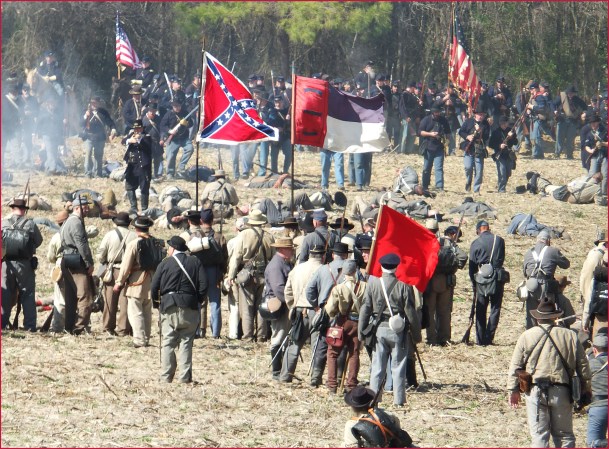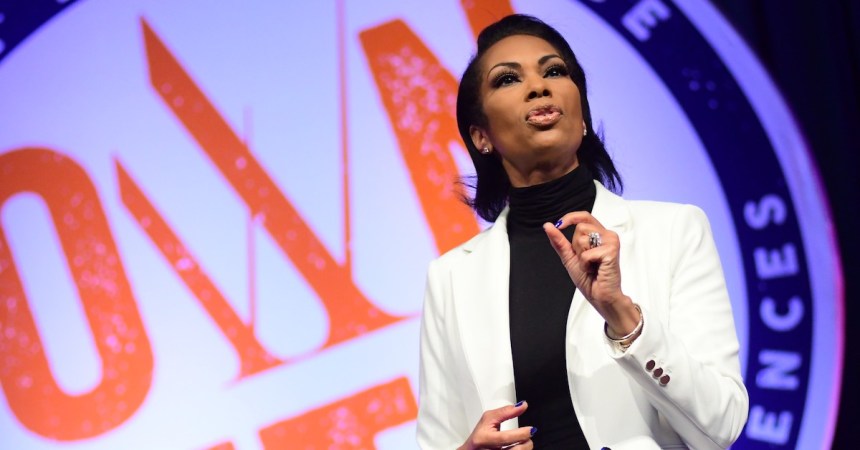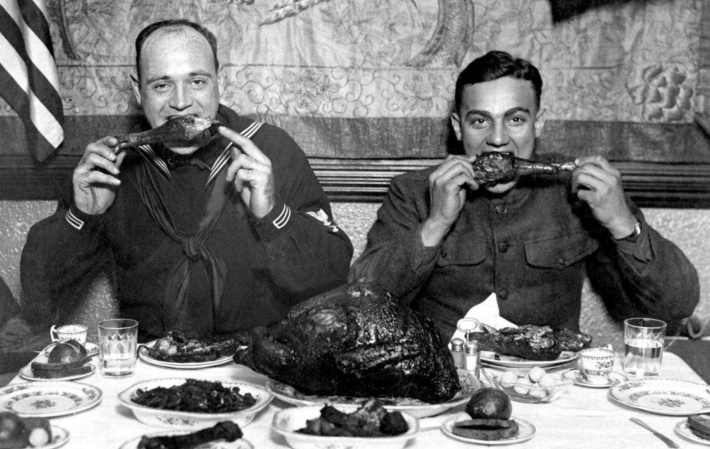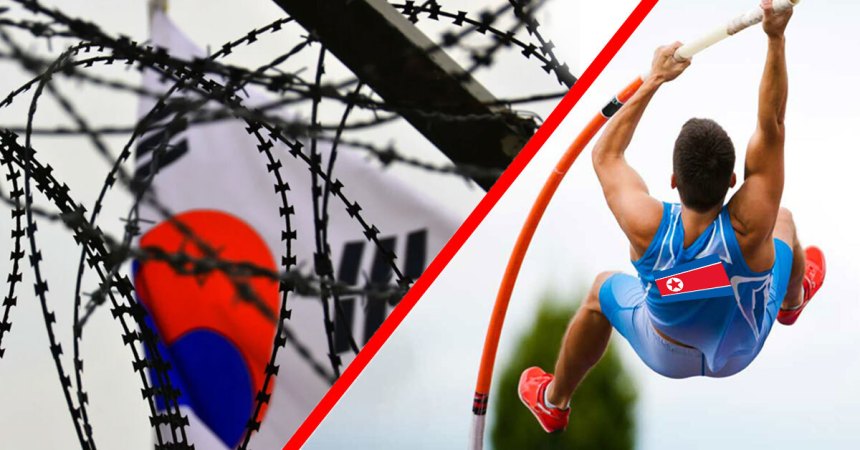Merriam-Webster’s Dictionary defines irony as the following: incongruity between the actual result of a sequence of events and the normal or expected result. It’s like being run over by an ambulance that’s on its way to save you — instead of saving you (the expectation), it’s turned you into roadkill (the ironic twist).
Now, these are not to be confused with just bad moments — if you want examples of those, take pretty much any example listed in Alanis Morissette’s song, Ironic (then again, writing a song entitled Ironic and failing to cite a single example of real irony is kinda ironic…).
Another hilarious example of situational irony stems from the fact nearly every well-known “peace” symbol has a military origin. Sure, they may have been co-opted throughout the years to take on entirely different meanings, but if you go by the original definition of each symbol, you’re effectively intimating the opposite of your intent.
Pretty much every symbol for peace, shy of the Roerich Pact’s Three Jewels, has roots in military culture — in fact, many of them have been used as signals of martial might. You may be familiar with a few of these:
The “V” sign
The simple hand gesture, synonymous with counter-culture hippies, Richard Nixon, and teenage girls, actually has concrete beginnings that can be traced to one man at one moment: Winston Churchill threw up his index and middle fingers to signal a ‘V,’ for “victory,” after the Allies triumphed over the Axis Powers.

I like to think that he knew full well that he was giving everyone the forks, but wanted to see how long it took anyone to say something.
But before that, Belgian Minister of Justice, Victor de Lavaleye, began spreading the use of the finger ‘V’ across Europe. In 1941, he was using it as a quiet protest to say that “victory is coming” or “freedom is coming” in the Netherlands (“freedom” in Dutch is “vrijheid,” which also starts with a “v”). Churchill, upon co-opting the symbol, eventually turned his palm outward to avoid sending the British gesture for “up yours.”
In either case, the symbol that is now known for peace started as a way to signal impending or fresh military victory, depending on your cited origin.

You can go ahead and pick whatever color you like — it all sends the same message.
White poppies
After WWI, wearing a red poppy on one’s lapel was a sign of respect for fallen troops. It was a direct homage to Lieutenant Colonel John McCrae’s famous poem, In Flanders Fields. In 1933, the Peace Pledge Union shifted the tradition, imploring people to wear white poppies instead of the red ones to honor the casualties of war without extolling it.
If you really want to be specific, however, the poem never really identifies which color poppy grew at Flanders Field, just that there were poppies. So, if you’re wearing poppies of any color, you’re referencing one of history’s most famous wartime poems. The only reason he chose the red version of the poppy is because it’s eye-catching.

The “peace symbol”
The most famous symbol to come out of the 1960s is actually a clever use of military speak to directly get the military’s attention for a specific issue: nuclear disarmament. Just after the UK had developed their H-Bomb and tested it near Christmas Island, the Direct Action Committee called for a pause on the manufacturing of nuclear weapons. The Committee agreed that outright pacifism wasn’t the solution — but they also agreed that nuclear weapons weren’t the answer to the Cold War, either.
The DAC needed a symbol to rally behind, so designer and DAC board member Gerald Holtom created one, incorporating the flag semaphores for ‘N’ and ‘D’ in the design, for “nuclear disarmament.”

Funnily enough, Joker is using the symbol in its proper context. His pin says that wars shouldn’t be fought by nuclear means, but through conventional warfare.
(Warner Bros.)
They never trademarked the design, so it was free to use among members of the counter-culture and anti-Vietnam War protesters ran with it.

The olive branch
The most misunderstood signal of peace is the olive branch. The first example of olive branches being used as a symbol dates back to the stories of ancient Greece when Athena was trying to win the patronage of Athens over Poseidon. Legend has it, she threw her spear into the ground and it blossomed into the first olive tree. The new tree was, essentially, a giant “f*ck you” to Poseidon because her olives were more useful than his salt water.
Athenians later gave olive branches out as a symbol of Athena to mighty warriors and Olympians. The olives and their branches represented prosperity after long-fought wars.
During the time of the Romans, Mars, the God of War, was often depicted holding an olive branch. To the Romans, “extending the olive branch” meant to be from a god or ruler and given to their subject. It was something more along the lines of “we fought, now enjoy this peace and prosperity.”
The Romans knew best that si vis pacem, para bellum, or “if you want peace, prepare for war.”


















